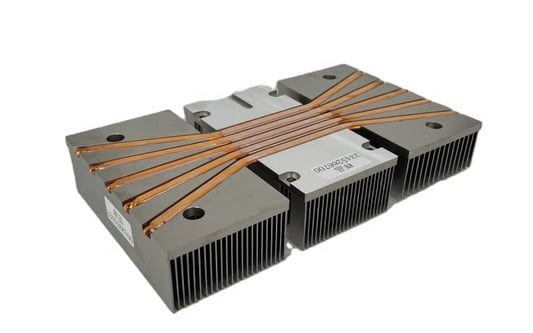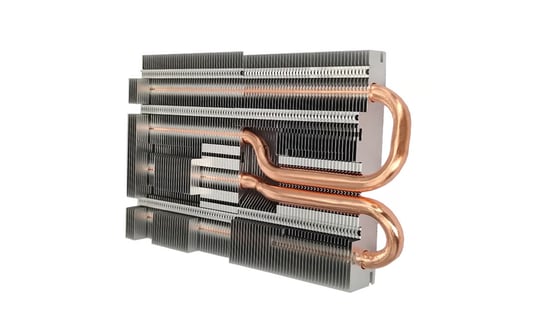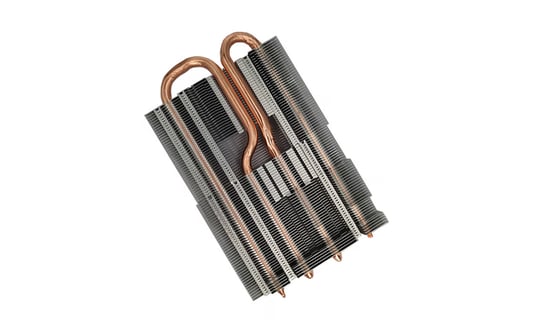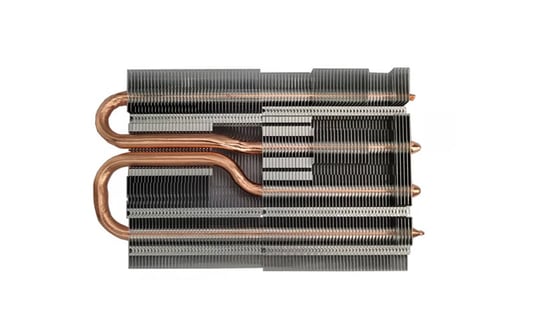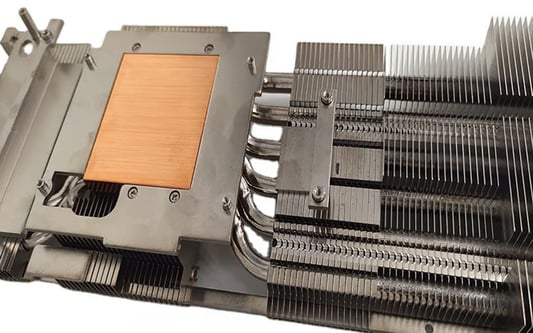Increased Efficiency and PerformanceGB300 Immersion Liquid Cooling systems have the potential to greatly increase the efficiency and performance of electronic devices by ensuring optimal operating temperatures are maintained at all times. This can lead to faster processing speeds and improved overall functionality.Enhanced Thermal ManagementOne of the key Prospects of GB300 Immersion Liquid Cooling is its ability to provide superior thermal management solutions for high-powered electronics. This type of cooling system can effectively dissipate heat generated during operation, preventing overheating and potential damage to sensitive components.Cost-Effective SolutionWhile the initial investment in GB300 Immersion Liquid Cooling technology may be higher than traditional air-cooling systems, the long-term cost benefits are significant. These systems typically have lower maintenance requirements and can lead to reduced energy consumption, ultimately saving money in the long run.Extended Lifespan of ElectronicsBy maintaining optimal operating temperatures and preventing overheating, GB300 Immersion Liquid Cooling can help prolong the lifespan of electronic devices. This can result in reduced downtime, fewer repairs, and overall greater longevity of the equipment.Environmentally FriendlyGB300 Immersion Liquid Cooling systems are considered to be more environmentally friendly than other cooling methods. By using dielectric fluids that are non-toxic and non-conductive, these systems help minimize the environmental impact of cooling processes.Scalability and FlexibilityAnother prospect of GB300 Immersion Liquid Cooling is its scalability and flexibility. These systems can be easily scaled to accommodate different sizes of electronics and can be customized to fit specific cooling requirements. This makes them ideal for a wide range of applications.Improved Noise LevelsCompared to traditional air-cooling systems, GB300 Immersion Liquid Cooling tends to operate more quietly. This can be beneficial in environments where noise levels need to be kept to a minimum, such as in office settings or data centers.Enhanced AestheticsGB300 Immersion Liquid Cooling systems have a sleek and modern design that can enhance the aesthetics of electronic devices. This can be particularly appealing for consumers who value both performance and visual appeal in their electronics.Reduced Risk of ContaminationWith sealed immersion cooling systems like GB300, there is less risk of contamination from dust, dirt, or other particles that can accumulate in traditional air-cooling setups. This can help maintain the cleanliness and integrity of the electronic equipment over time.Support for Future Technological AdvancementsAs technology continues to advance, the prospects of GB300 Immersion Liquid Cooling systems will only increase. With the ability to support higher power densities and more complex electronic designs, these cooling solutions are well-positioned to meet the demands of future innovation in the electronics industry.Quote Inquirycontact usFactory


